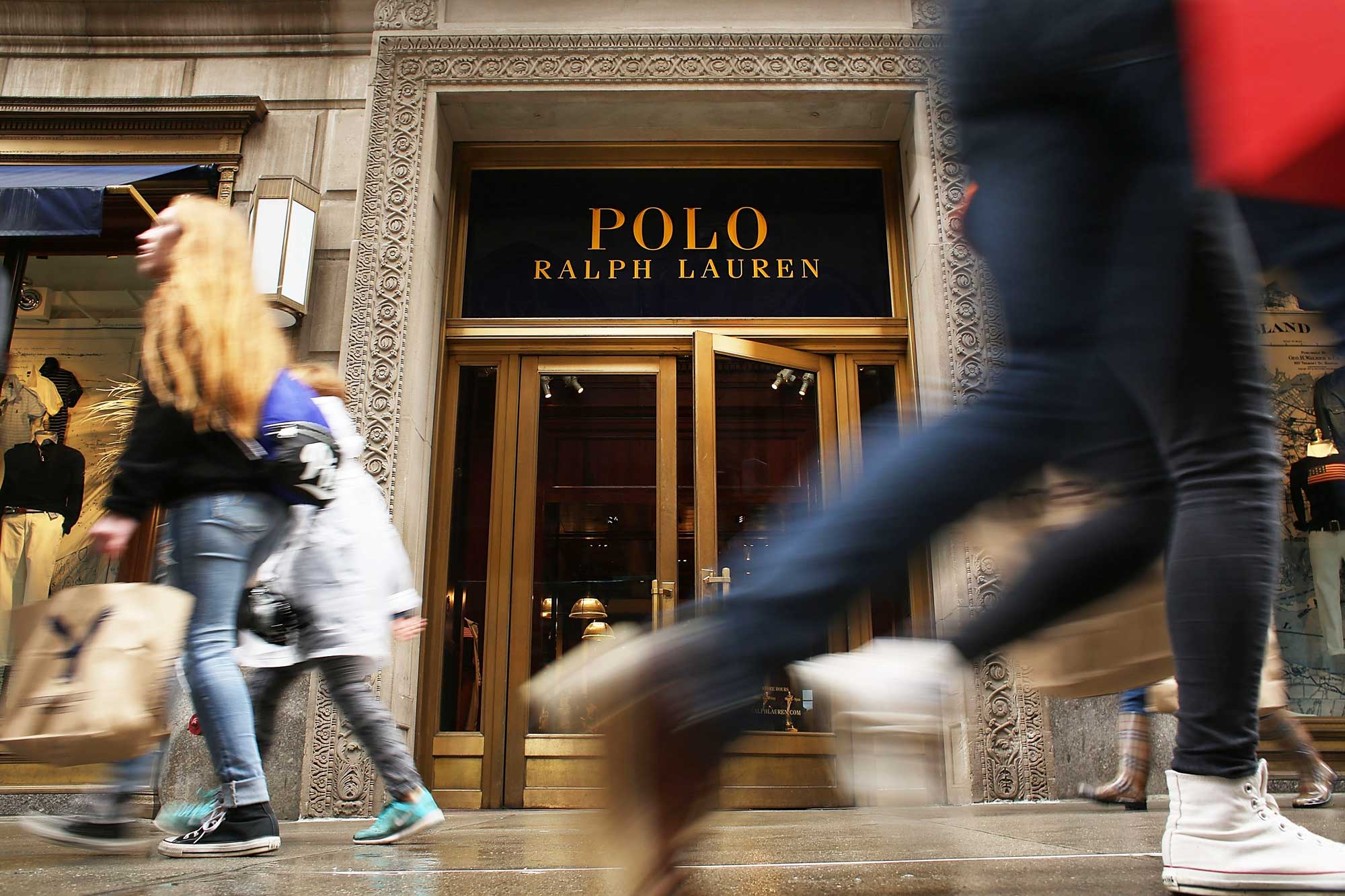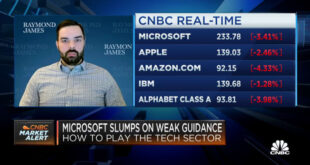In this photo illustration, a Burger King Whopper hamburger is displayed on April 05, 2022 in San Anselmo, California. A federal lawsuit has been filed and is seeking class-action status alleging that fast food burger chain Burger King is misleading customers with imagery that portrays its food, including the Whopper burger, as being much larger than what is actually being served to customers.
Justin Sullivan | Getty Images
Restaurant Brands International on Tuesday posted a strong fourth quarter and named Chief Operating Officer Joshua Kobza as its new chief executive, effective March 1, replacing José Cil.
“Over the past several years, the Board of Directors has worked with management to build a thoughtful succession plan for key positions, so this is a natural transition for Josh to lead our next phase of growth,” chairman Patrick Doyle said in a Tuesday announcement.
related investing news

Cil will stay on with the company for a year as an advisor to help with the transition.
The leadership change comes as the company works to revive and expand some of its key restaurants. Restaurant Brands houses chains Burger King, Tim Hortons, Popeyes and most recently Firehouse Subs.
Here’s how Restaurant Brands performed in the fourth quarter, compared with what Wall Street anticipated, based on an average of analysts’ estimates compiled by Refinitiv:
- Adjusted earnings per share: 72 cents vs. 74 cents
- Revenue: $1.69 billion vs. $1.67 billion expected
For the three months ended Dec. 31, the company reported net income of $336 million, or 74 cents per share, up from $262 million, or 57 cents per share, a year earlier.
Quarterly revenue of $1.69 billion marked a year-over-year increase of about 9%.
Restaurant Brands reported overall same-store sales growth of 8% during the fourth quarter and system-wide sales growth of nearly 12%.
Its flagship burger chain, Burger King, saw same-store sales growth of 8.4% during the period. In the U.S. only, sales grew by 5%.
The company has been working to rejuvenate Burger King’s domestic sales and in September announced a $400 million investment plan to boost Burger King advertising campaigns and renovate the chain’s restaurant locations.
At the end of the fourth quarter, the company said it had funded $30 million of that turnaround plan. The company previously said it expects to reap the benefits of the turnaround in 2025.
Tim Horton’s same-store sales grew by 9.4% during the period. In Canada alone, same-store sales for the coffee brand rose 11%. The chain has been expanding more internationally, especially eyeing Texas and Florida to target Canadians who travel to warmer climates for the winter.
Popeyes saw same-store sales grow by 3.8%. The chain, which saw a spike in sales with its 2019 debut of its chicken sandwich, has since stabilized and saw just 1.5% growth in the U.S.
Restaurant Brands added Firehouse Subs to its portfolio in 2021. That chain saw a 0.4% same-stores sales increase during the period.
Restaurant Brands has not been immune to industry-wide rising costs and losses in China and Russia. The company said it took less of a hit from Covid-related disruptions during the fourth quarter, though it noted that it had to temporarily close some of its restaurants in markets like China that experienced a resurgence in cases.
It also said that it did not generate any new profits from Russia in 2022 and does not anticipate any in 2023 either. The company last year suspended corporate support for a large Burger King franchise in the country in light of Russia’s invasion of Ukraine.
Covid and the war in Ukraine have created a tough macroenvironment for the company due to foreign exchange headwinds and climbing interest rates. Restaurant Brands said Tuesday that it expects “adverse impact on our business” if it cannot adjust prices to compensate for higher costs.
So far, higher prices domestically have not scared away the company’s consumer base. Fast food companies across the industry have seen boosted demand among budget-conscious customers, beating out fast-casual dining options.
Yum Brands reported a strong fourth quarter last week, mostly propped up by its Taco Bell segment as weak China sales weighed on Pizza Hut and KFC. The company credited U.S. momentum to its chains’ affordable options.
Similarly, McDonald’s profited from changes in consumer spending behavior with a fourth-quarter revenue bump fueled by higher menu prices and increased demand.
 EU News Digest Latest News & Updates
EU News Digest Latest News & Updates



